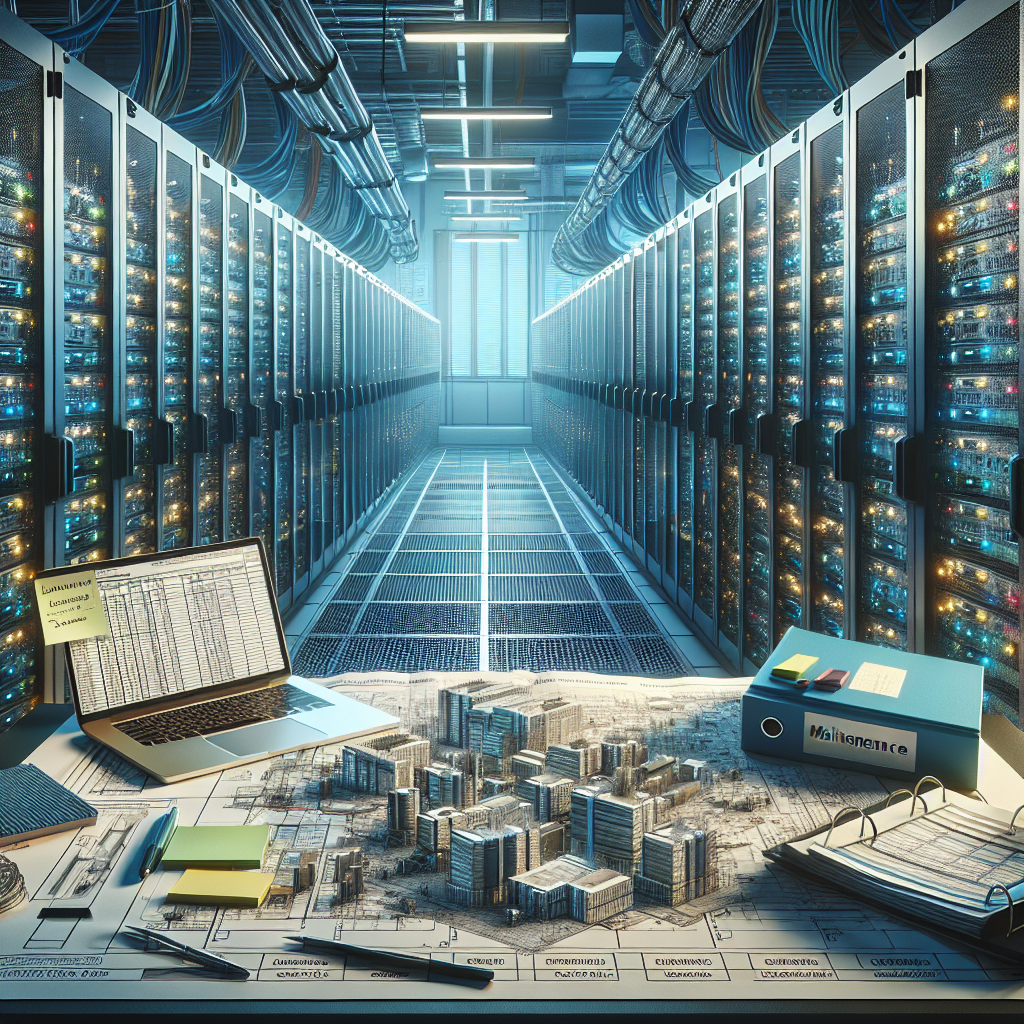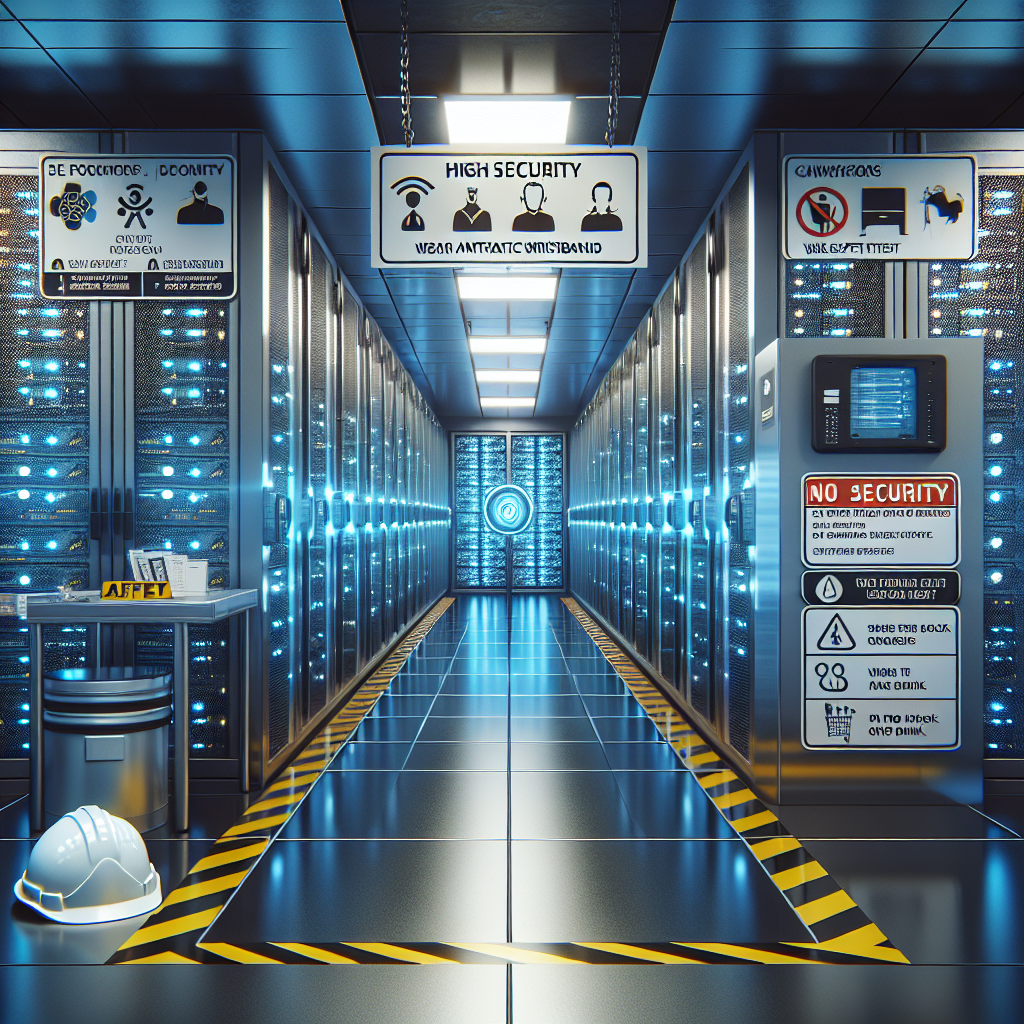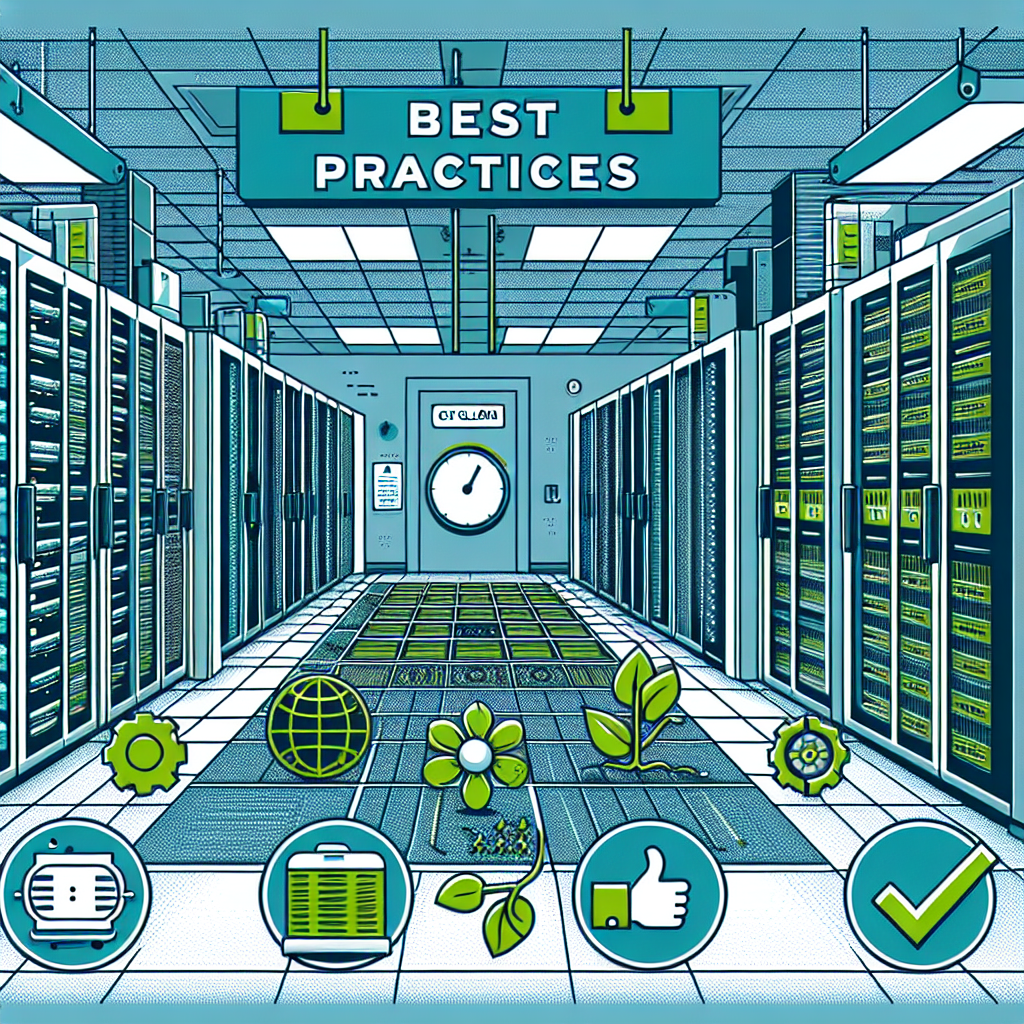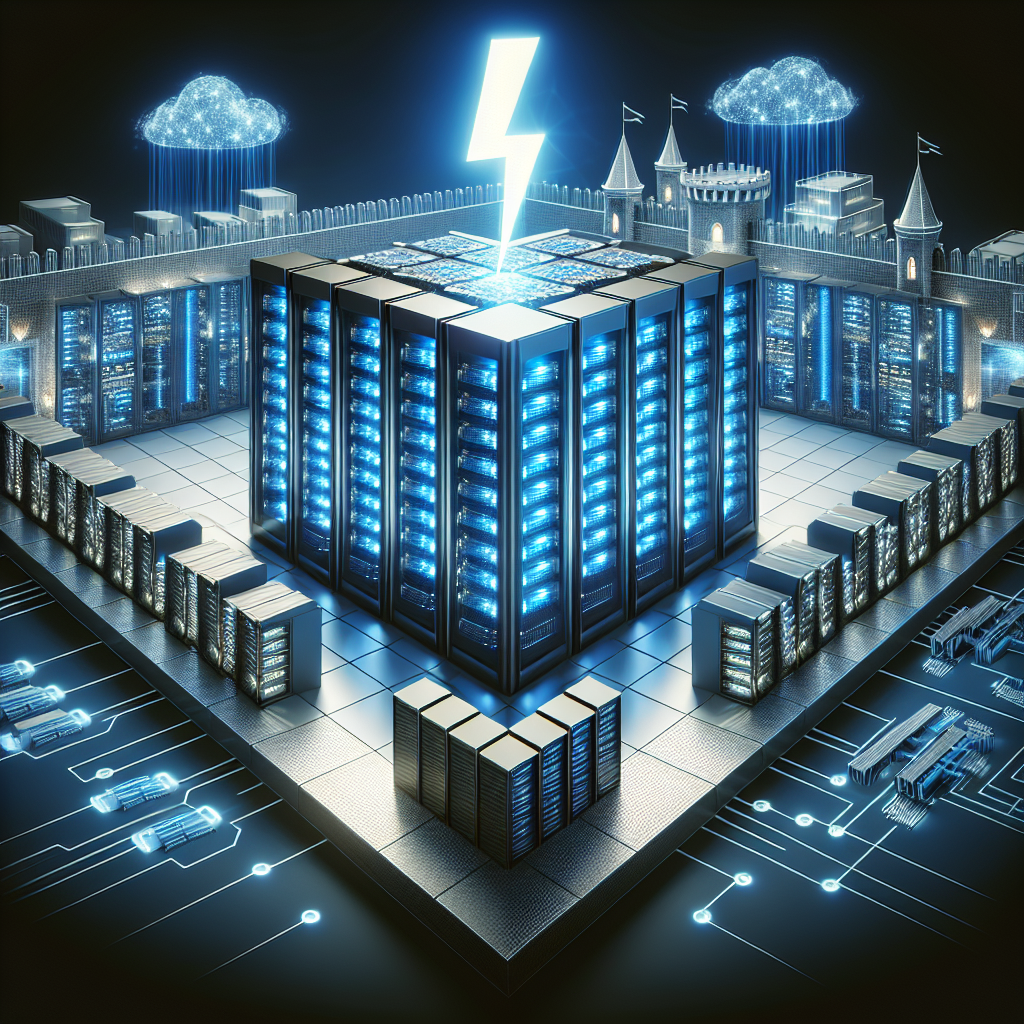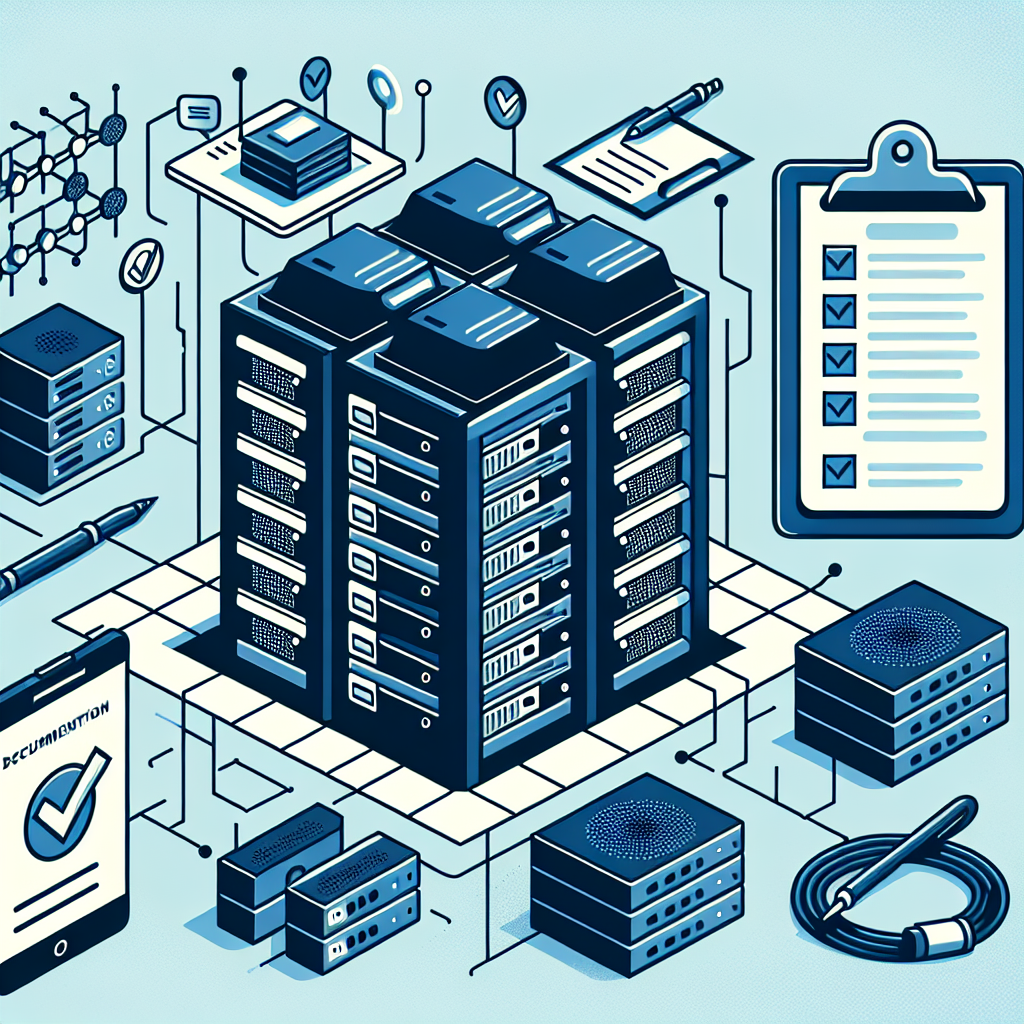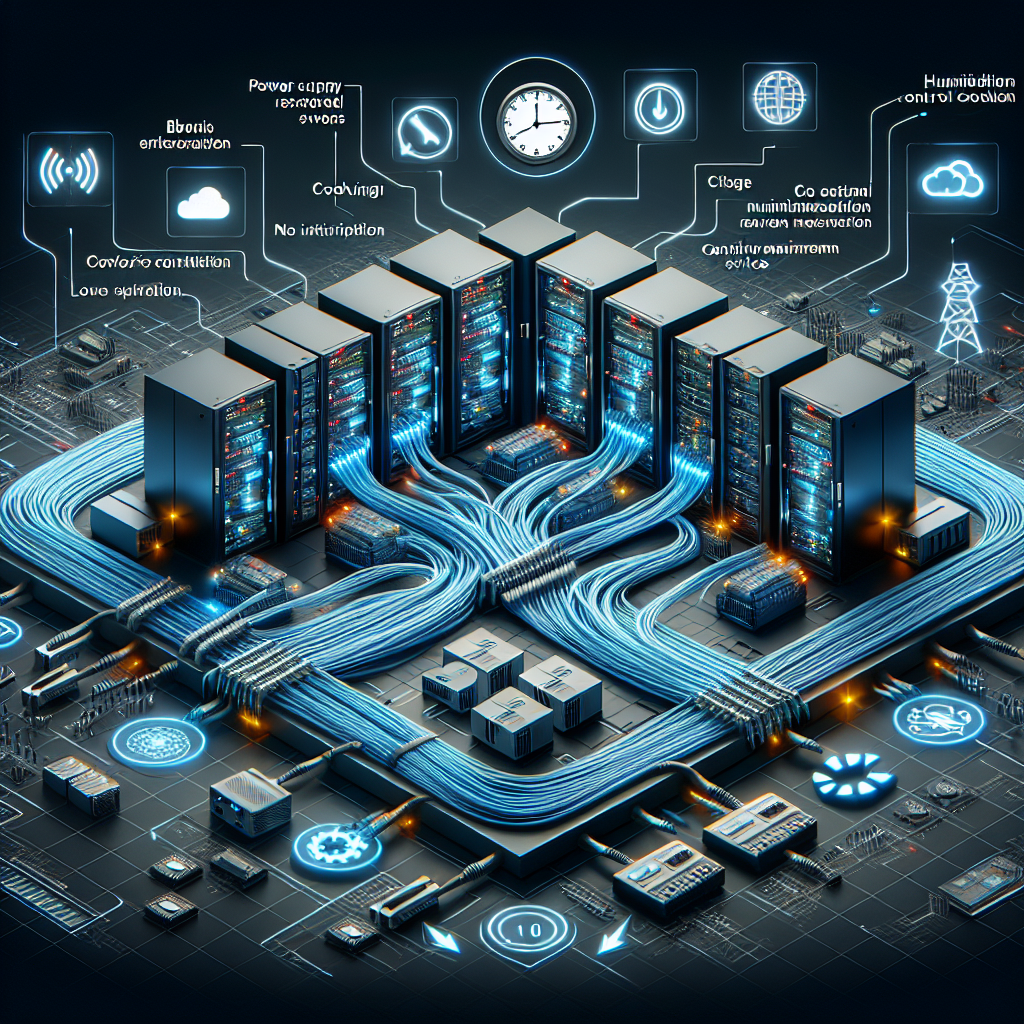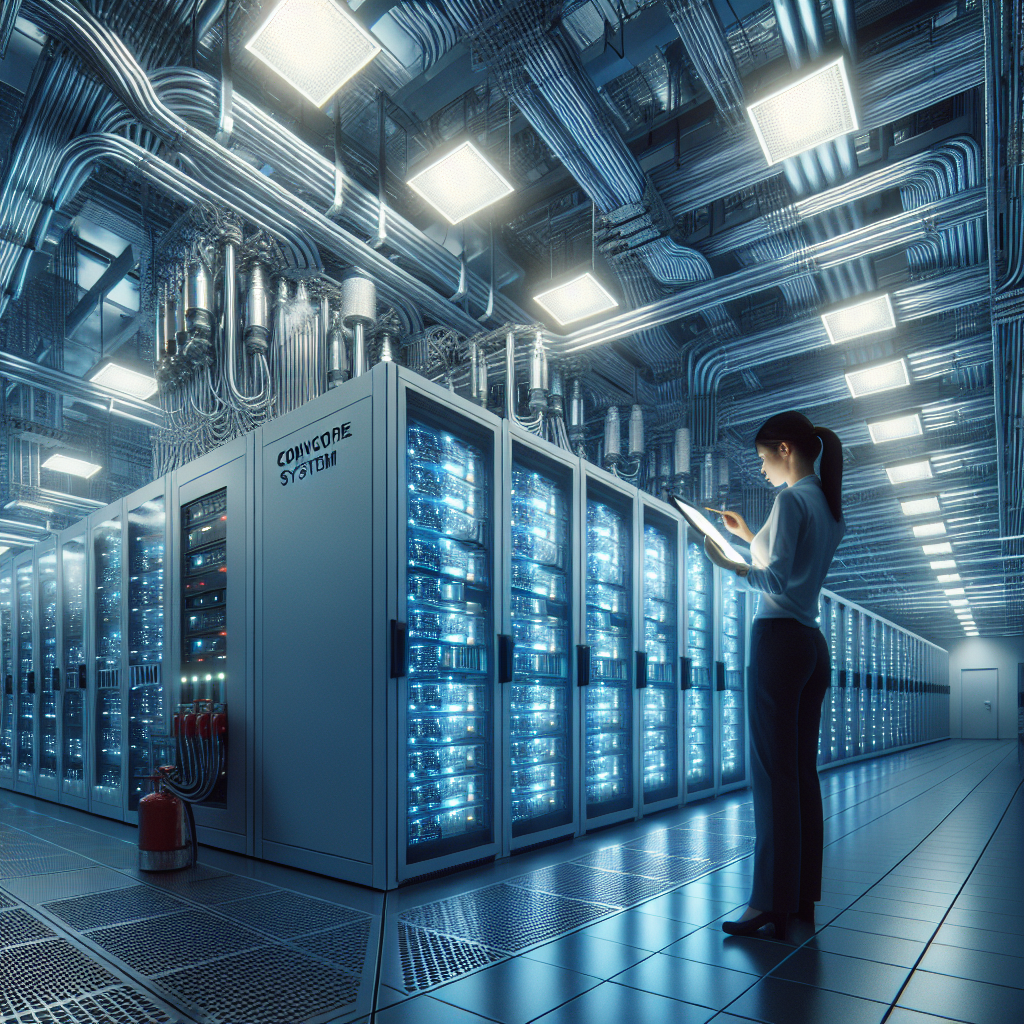Data centers are a critical component of modern businesses, housing the servers and storage systems that keep operations running smoothly. With the amount of data being generated and stored increasing exponentially, it’s more important than ever to have thorough and accurate documentation of your data center infrastructure. This documentation not only helps in day-to-day operations but also plays a crucial role in disaster recovery, troubleshooting, and planning for future growth.
Here are some tips for creating and maintaining data center documentation:
1. Start with a baseline inventory: Begin by creating a comprehensive inventory of all the hardware, software, and network components in your data center. This includes servers, storage systems, switches, routers, firewalls, and other critical infrastructure. Make sure to include details such as make, model, serial number, warranty information, and location within the data center.
2. Document network topology: Map out the network topology of your data center, including how devices are interconnected and the flow of data between them. This will help in troubleshooting network issues and planning for future expansions or upgrades.
3. Keep track of changes: It’s important to document any changes or updates made to the data center infrastructure. This includes hardware upgrades, software installations, network configuration changes, and any other modifications that could impact the overall operation of the data center.
4. Label everything: Proper labeling of equipment and cables is essential for easy identification and troubleshooting. Use clear and consistent labeling conventions to ensure that anyone can quickly locate and identify components within the data center.
5. Create detailed runbooks: Runbooks are step-by-step instructions for common tasks or procedures within the data center, such as server provisioning, software updates, or disaster recovery processes. Having detailed runbooks can help streamline operations and ensure consistency in procedures.
6. Regularly update documentation: Data center infrastructure is constantly evolving, with new equipment being added, upgraded, or decommissioned. Make sure to regularly review and update your documentation to reflect these changes and ensure that it remains accurate and up-to-date.
7. Backup your documentation: Just like your data, your documentation should be regularly backed up to prevent loss in case of hardware failure or other disasters. Store backups in a secure location, separate from the data center, to ensure accessibility in case of an emergency.
By following these tips for creating and maintaining data center documentation, you can ensure that your infrastructure is well-documented, organized, and ready to support your business operations effectively. Investing the time and effort into creating thorough documentation now can save you valuable time and resources in the long run.
